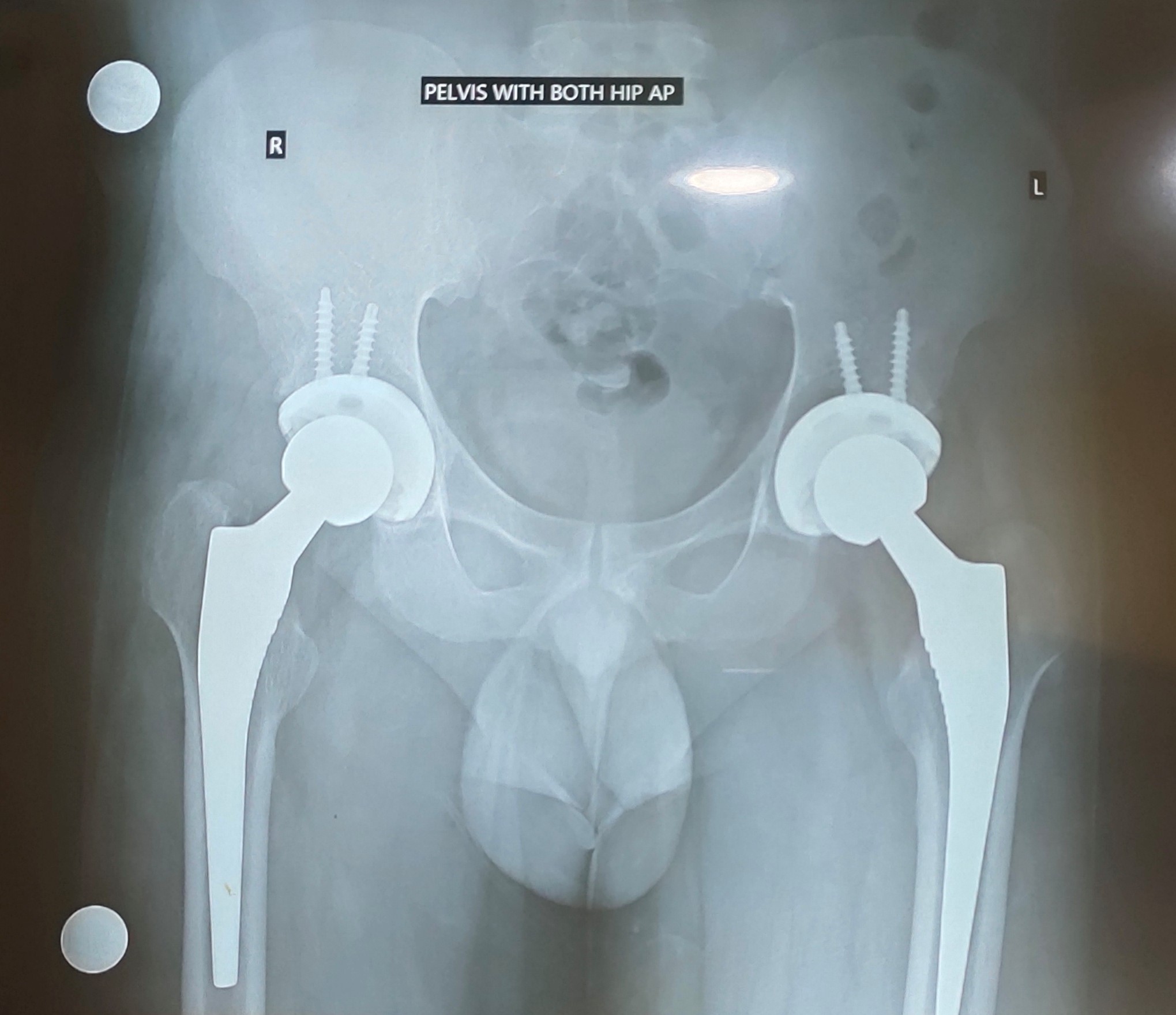Total Hip Replacement

Things to avoid after total hip replacement
- Don’t cross your legs i.e. keep your legs apart for the first 6 weeks
- Don’t fold your hip beyond 90 degree
- Don’t squat or sit cross-legged
- Do not use an Indian toilet, use a commode
- Do not bend forward too much to lift an object from the floor
As a distinguished Total Hip Replacement surgeon, Dr. Abhijit Sen provides advanced solutions for patients grappling with hip pain and dysfunction often caused by conditions like osteoarthritis or injuries. This specialty involves replacing both the ball and socket of the hip joint with durable artificial components. Dr. Sen’s approach focuses on minimizing recovery time and enhancing the functional outcomes for his patients, making him a sought-after hip replacement surgeon. His commitment to excellence and patient care ensures high-quality results, making him a preferred choice for those needing hip replacement surgery.
Total hip replacement means replacing your femur head (ball) and acetabulum (socket) with an artificial prosthesis. Total hip replacement is done when your hip is diseased like arthritis or AVN hip or femur neck fracture. In femur neck fracture if the age of the patient is above 70 or the patient has many comorbidities then partial/hemi replacement of the joint is done i.e. only the femoral component is replaced. Hip replacement is of two types- cemented and un-cemented. Both have their own advantage and disadvantage. Generally cemented prosthesis is used when bone quality is poor. Both implants have an excellent outcome.
